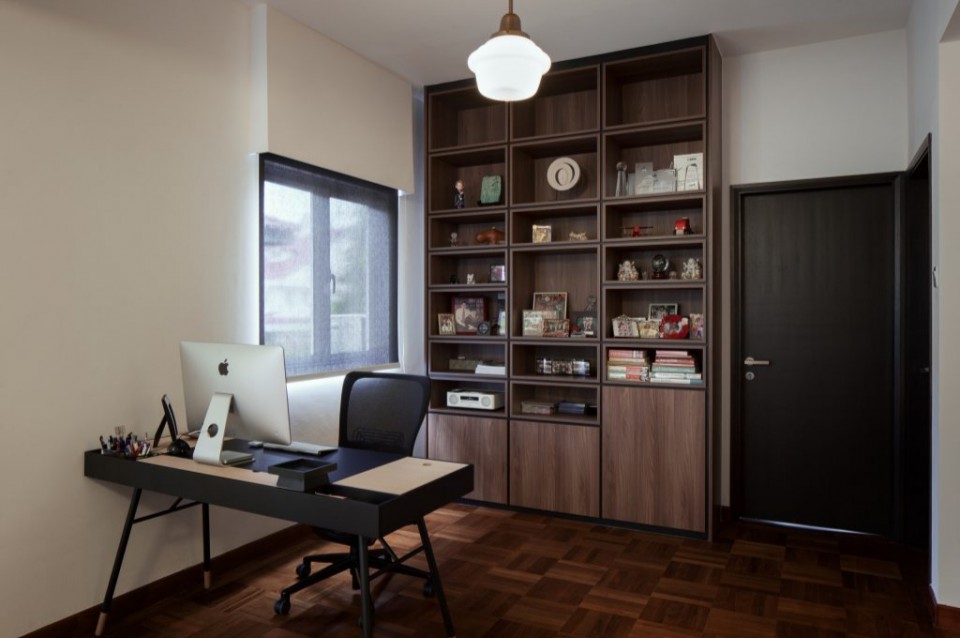Want to Start a Business at Home? Design Your Workspace by Following These Steps!
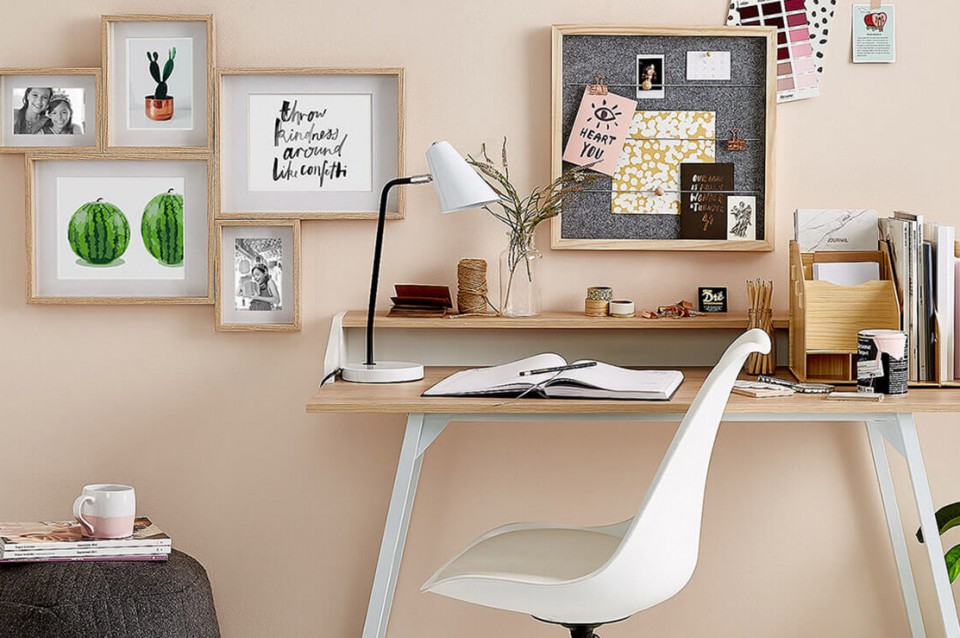
When designing a home office, there are various elements that need to be considered and used as references for the workspace. This includes the spatial aspects, furniture arrangement, and the overall ambiance, all of which will influence productivity when working from home. The environment should strike a balance between being too relaxed and too formal. The conducive atmosphere created should make the workspace a productive area. Here are several things to consider when designing a home office:
1. Choosing the Right Space within the House
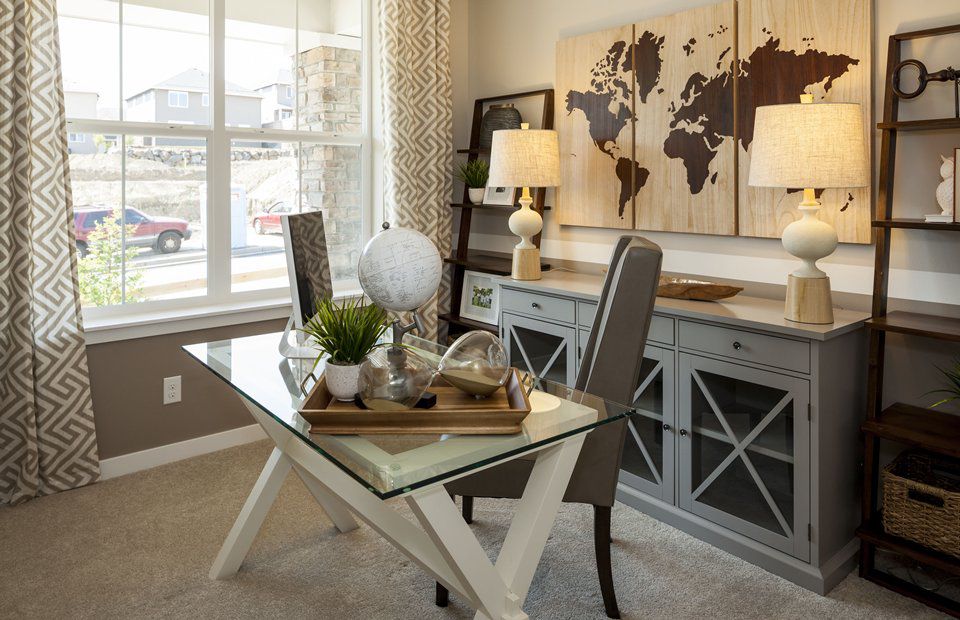
When starting a home-based business, the workspace is undoubtedly a crucial aspect. Selecting a room or area that can be designated as a workspace involves careful consideration. It's not just about having a spacious room; it should also be comfortable and not hinder the flow within the house. This space should also be easily accessible to the public in case clients or partners visit.
2. Room Layout
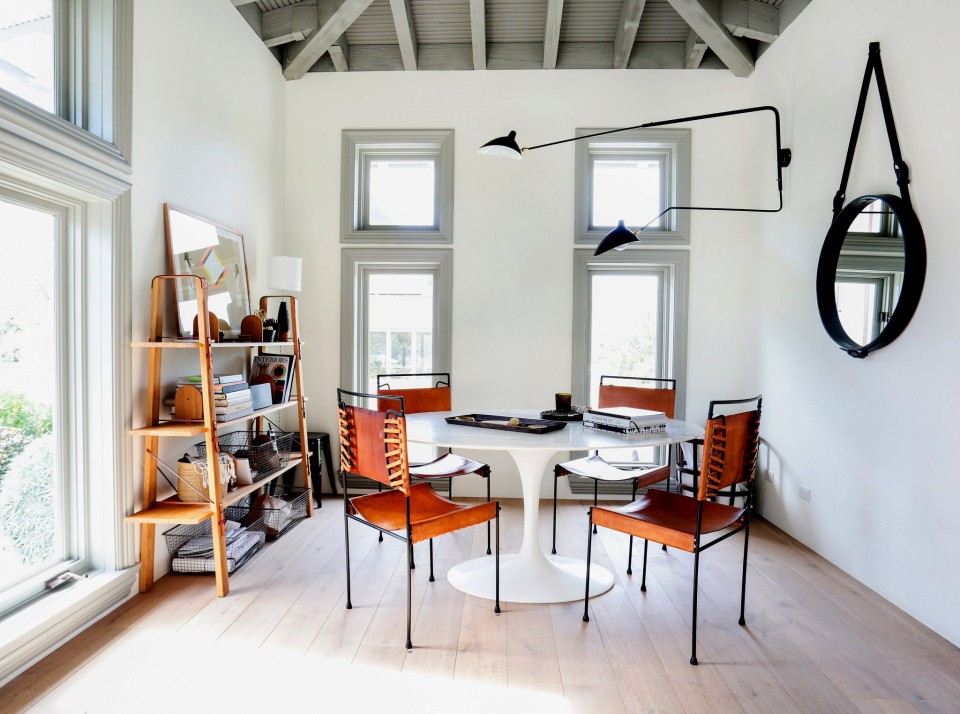
The layout of the workspace should also be considered to maintain comfort and tidiness. Different sizes and types of furniture need to be arranged properly within the workspace. After determining the room's layout and the required furniture, you can then choose and purchase the furniture to complement the space. Proper circulation within the room is vital, so avoid placing furniture that doesn't suit or disrupts the workspace area.
3. Furniture in the Workspace
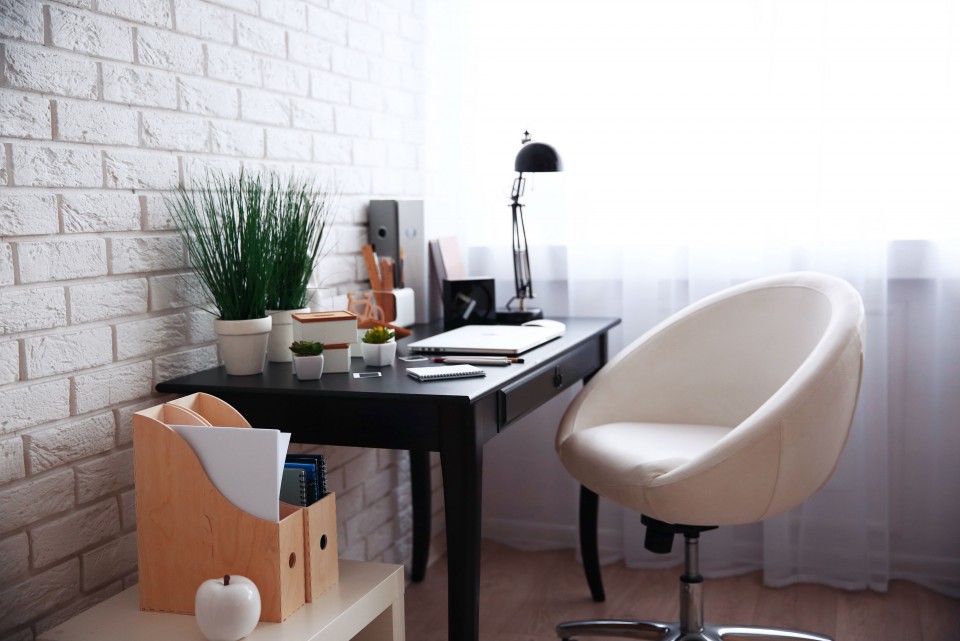
Various types of furniture are needed in the room, such as desks, chairs, bookshelves, or other necessary equipment. The desired dimensions should align with the room's layout. When purchasing the required furniture, consider their purpose and functionality. For instance, when buying a chair, it should not only be aesthetically pleasing but also comfortable for the user. Ensure it matches well with the work desk, considering both height and width. The same goes for various other equipment.
4. Room Decoration
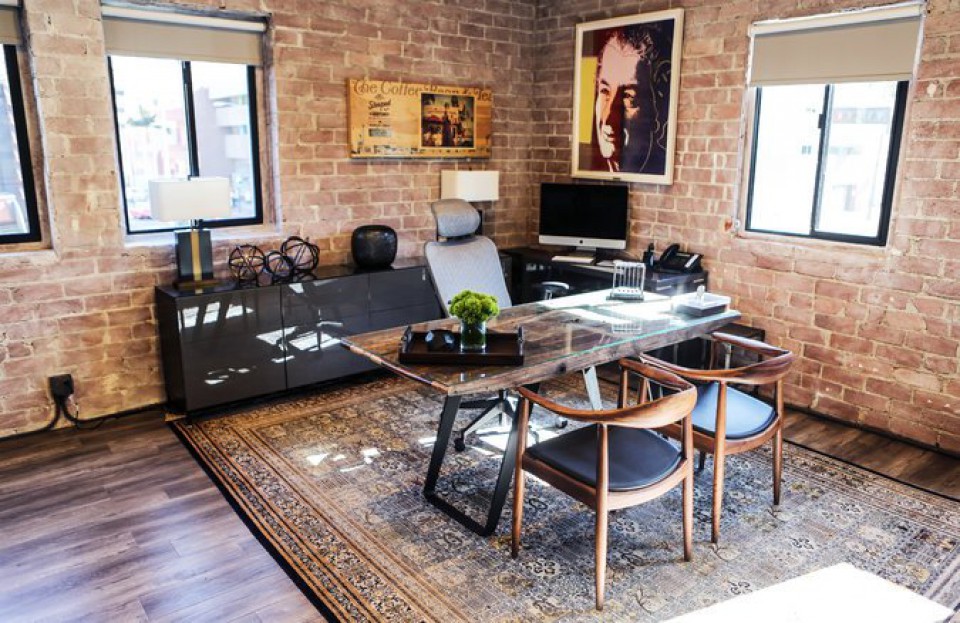
Another consideration is the color of the workspace and the decorations to make the room feel fresher and more comfortable. Choose decorations that blend well with the rest of the house. Select wall paint colors or wallpaper patterns that enhance your mood while working.
5. Windows in the Room

It would be great if your workspace has a window with a view of nature. A natural view adds a refreshing touch to the room. When feeling exhausted from work, looking outside can boost your mood and relieve your eyes after staring at the computer screen all day. If the workspace is without a window, consider hanging paintings or decorations on the walls to uplift your work spirit.
6. Organized Storage Area
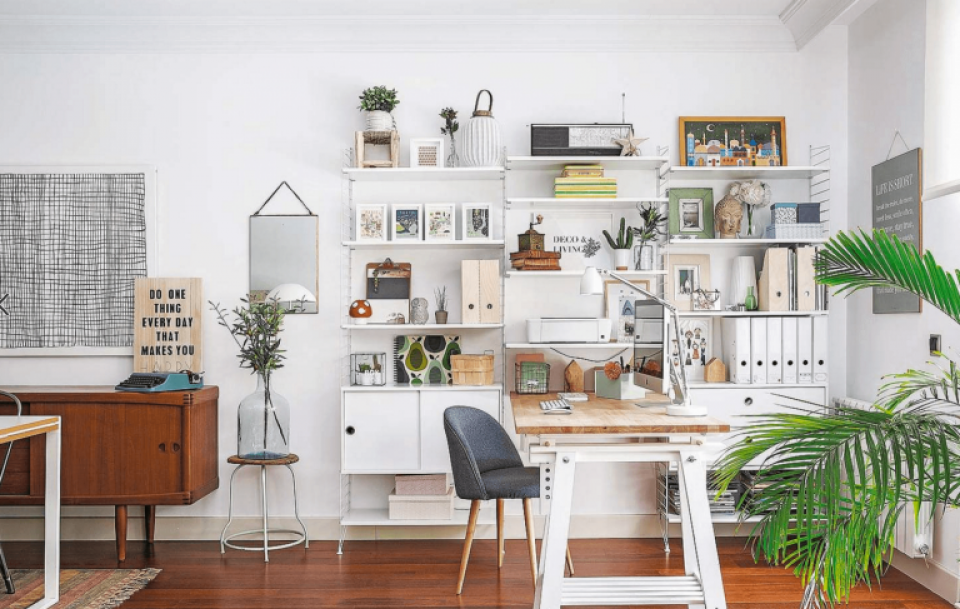
The abundance of important documents and letters is something that needs attention. These documents should be stored in an easily accessible and organized manner within the workspace. This not only improves the appearance of the workspace but also makes it easier to find and store items. Storage options can include cabinets, shelves, or various other types of furniture.
7. Lighting in the Workspace

Both natural and artificial lighting are essential in the workspace. Working requires a conducive environment, and lighting plays a significant role in that. Comfortable lighting for the eyes to prevent eye strain during work is crucial. This is particularly important as home-based work can extend from morning to late at night. Inadequate lighting can lead to tired eyes while working.





